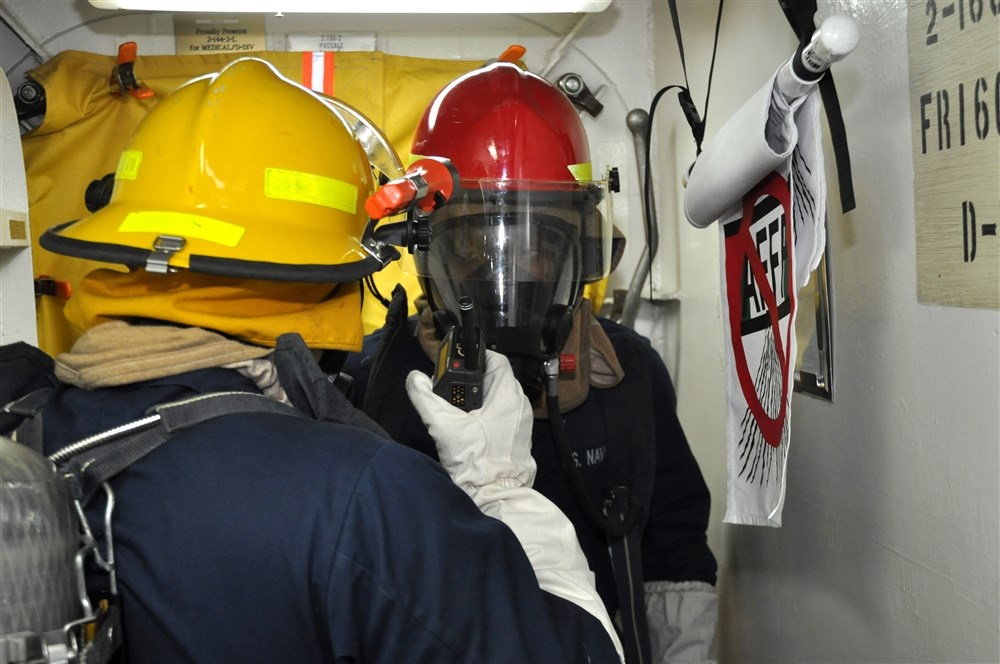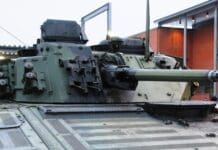This post is also available in:
 עברית (Hebrew)
עברית (Hebrew)
Fire departments don’t only deal with fires. They may be called out to deal with a wide range of gas related incidents. First responders are constantly seeking better and safer ways to do their jobs. A new chemical and gas monitoring technology is a game changer in this field. In the time it normally takes first responders to don proper equipment, the new MUVE C360 system for drones has already arrived on scene, tested samples, and located the source of a hazard.
Developed by FLIR, the system provides the fire and emergency services sector with another valuable tool: a multi-gas detector. It’s a small payload and a long probe attached to an enterprise drone which also carries a camera for maintaining situational awareness.
When a suspected gas leak occurs, traditionally, the fire department teams get into a fully encapsulated suit equipped with air tank and enter the contaminated area carrying a hand held sensor in order to get information on what type of gas may be involved.
Chris Bainter, of FLIR systems, says the suit itself is a significant burden for personnel: “It’s heavy, it’s hot, and you only have a short amount of time before you have to get out of the suit.”
With a drone equipped with the MUVE C360, firefighters can determine what type of gas is involved in an incident from a safe distance: and then engage armed with the right equipment and a more accurate understanding of what they’re dealing with – all while maintaining 360 degree situational awareness.
In the drone industry, FLIR is known for thermal payloads: however, “41% of our business comes from non-thermal equipment,” says Bainter. “We’re safeguarding people and property, and we’re building products rugged enough to go into the same environments that our first responders go into.”
According to dronelife.com, before putting the health and safety of response teams at risk, drone pilots will be able to fly the new MUVE C360 into a scene for initial assessment. The C360 houses a photoionization detector, plus a suite of advanced electrochemical sensors that provide real-time continuous monitoring of chemical hazards such as chlorine, carbon monoxide, and other combustible gases. This capability will enable emergency response teams to assess situations remotely and select the proper personal protective equipment. Fire crews will be able to monitor air quality surrounding active scenes before entry, and industrial experts can perform inspections in hard-to-reach areas with relative ease.


























